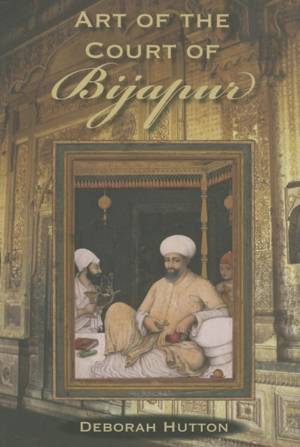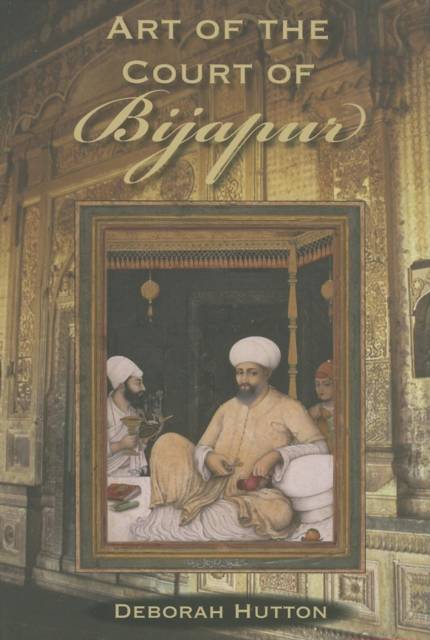
- Afhalen na 1 uur in een winkel met voorraad
- Gratis thuislevering in België vanaf € 30
- Ruim aanbod met 7 miljoen producten
- Afhalen na 1 uur in een winkel met voorraad
- Gratis thuislevering in België vanaf € 30
- Ruim aanbod met 7 miljoen producten
Omschrijving
"[A]n impressive and original work of synthetic scholarship that one hopes will be emulated by others." --Phillip B. Wagoner, Wesleyan University
"[A]n excellent and important work . . . [with] a wonderful sophistication of method." --Padma Kaimal, Colgate University
The patrons and artists of Bijapur, an Islamic kingdom that flourished in the Deccan region of India in the 16th and 17th centuries, produced lush paintings and elaborately carved architecture, evidence of a highly cosmopolitan Indo-Islamic culture. Bijapur's most celebrated monument, the Ibrahim Rauza tomb complex, is carved with elegant calligraphy and lotus flowers and was once dubbed "the Taj Mahal of the South." This stunningly illustrated study traces the development of Bijapuri art and courtly identity through detailed examination of selected paintings and architecture, many of which have never before been published. They deserve our attention for their aesthetic qualities as well as for the ways they expand our understanding of the rich synthesis of cultures and religions in South Asian and Islamic art.
Specificaties
Betrokkenen
- Auteur(s):
- Uitgeverij:
Inhoud
- Aantal bladzijden:
- 240
- Taal:
- Engels
- Reeks:
Eigenschappen
- Productcode (EAN):
- 9780253347848
- Verschijningsdatum:
- 18/12/2006
- Uitvoering:
- Hardcover
- Formaat:
- Genaaid
- Afmetingen:
- 185 mm x 262 mm
- Gewicht:
- 820 g

Alleen bij Standaard Boekhandel
Beoordelingen
We publiceren alleen reviews die voldoen aan de voorwaarden voor reviews. Bekijk onze voorwaarden voor reviews.











